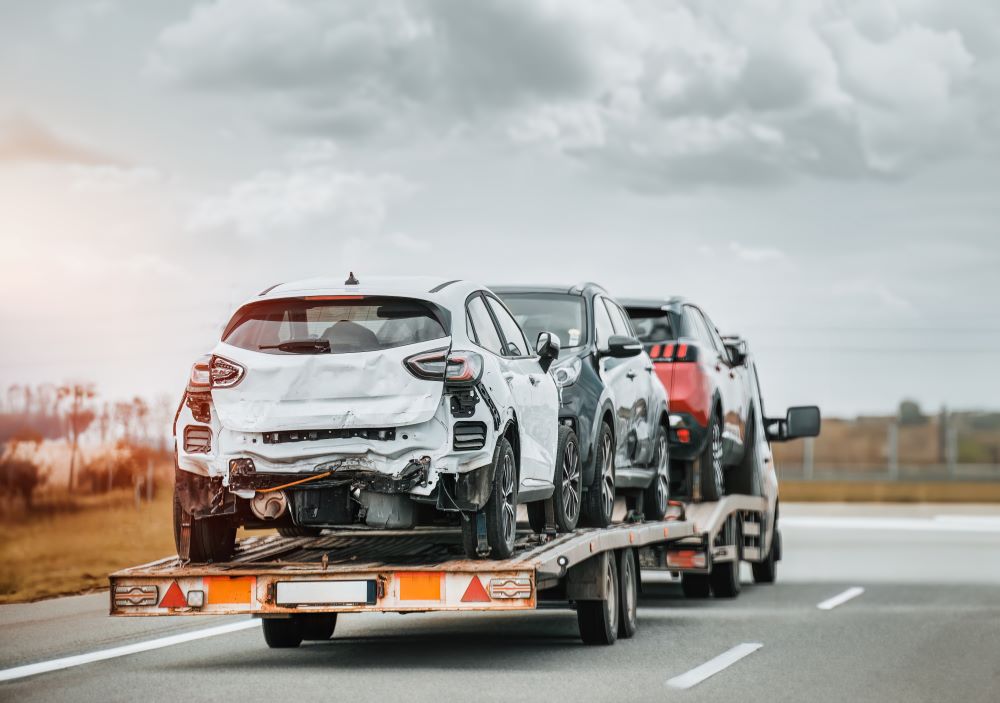States are either at-fault or no-fault states when it comes to auto accidents. In a no-fault state, every driver involved in a crash is responsible for paying for their own injuries and losses. There is typically an extremely limited right to pursue compensation from the driver who caused the crash, even when responsibility for the crash is clear.
Florida is not a no-fault state. Instead, it is one of many at-fault states where the driver who caused a car accident is responsible for paying the damages of those hurt in the crash. Thus, in Florida and other at-fault states, knowing who is responsible for causing a car accident is crucial to recovering compensation.
Modified Comparative Negligence in Florida Car Wreck Cases
Due to a recent change in Florida law, the state now follows a modified comparative negligence rule. This rule holds that you are entitled to recover compensation from any negligent person responsible in some way for the crash, as long as you are not more than 50 percent responsible for causing the crash.
For example, suppose that you collide with two other cars at an intersection. You run a red light and hit another vehicle broadside, and a vehicle traveling immediately behind you also runs the red light and rear-ends you.
For the vehicle that rear-ended you, any injuries attributable to that driver will likely be recoverable since that driver was predominately the negligent party.
However, it is a different story regarding injuries attributable to the broadside collision. In that crash, you are predominately at fault. As a result, any injuries or harm that resulted from that collision may be your responsibility.
How Auto Accident Lawyers Determine Fault After a Crash
After a car wreck in Florida, attorneys for the various parties involved will begin sifting through the available evidence to determine who is primarily responsible for causing the wreck.
If more than two drivers are involved, each driver’s culpability will be considered separately. In addition, each driver’s potential responsibility will be evaluated in relation to every other driver’s possible liability.
To decide how culpable the various parties in a multi-car accident are, auto accident lawyers will look to the following:
Eyewitness Statements
Despite the proliferation of new technologies and reconstruction techniques, the statement of an eyewitness to the crash who is credible and objective still remains some of the best evidence available to establish liability.
The closer in time to a crash that a witness’s observations are recorded, and the better the witness’s vantage point for observing the crash, the more compelling their observations will be.
Law Enforcement Reports
Where witness statements are not compelling or complete, the investigative reports of law enforcement officers who looked at the crash scene may be consulted. These reports summarize any statements given by witnesses, along with drivers’ and officers’ impressions of the crash scene and the evidence located there.
Such information can help fill in gaps in witness observations or make sense of evidence found at the scene that does not fit well with how witnesses say a crash happened.
Expert Opinions
If there are no credible witnesses to a crash and law enforcement’s investigation is insufficient, auto accident lawyers may consult with one or more expert witnesses. These individuals review reports and any evidence that was compiled during the investigation and then render their opinion on how the crash went down.
Courts and juries may view experts with skepticism, given that experts are usually retained by individual parties and thus may not be objective in their conclusions.
The Court
Ultimately, if liability in a multi-car accident cannot be shown with certainty, it would fall to a judge or jury to decide who is responsible for causing the crash. The court could consider whatever evidence is presented at trial, and it would be the court’s right to give weight and credibility to the evidence as it sees fit.
The Difference Experienced Legal Help Can Make
An auto accident lawyer can provide substantial benefits when proving your case and obtaining compensation. At the Schrier Law Group, our experienced Florida auto accident lawyers can assist in investigating your case and presenting compelling, persuasive evidence of fault to give you the greatest opportunity for full compensation.
We have 36 years of experience in fighting for injury victims in Florida. Call us today to learn more about what we can do to help you with your case.






